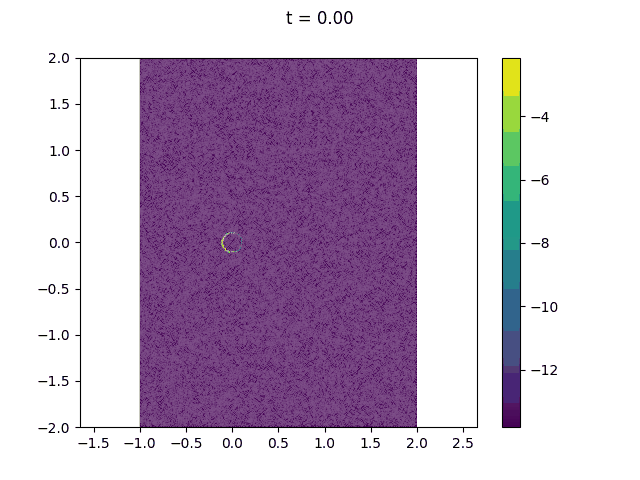Probing Galactic Centres with Tidal Disruption Events
Almog Yalinewich
21.5.19

Journey to the Galactic Centre
A glimpse to the Supermassive Black Hole in M87

Galactic Centre Mysteries
Star formation in extreme environments


Star - Central Black Hole interactions
Gas Accretion

The Twist





Types of Galactic Centres
Active
Very bright
Quiescent
very close
Tidal Disruption Events
Evidence

Schematic



Tidal Radius
Apoapse Distance
Tidal Radius
To black hole
Black Hole Mass Limit
Tidal radius
gravitational radius
Apoapse Distance
To black hole
Forensics

?
Optical and X - Ray Signals


Outflow Driven Radio
black hole & accretion disc
cold outflow
cold ambient medium
hot outflow
hot ambient medium

Non Thermal Radio
Radio supernova
Synchrotron



Fermi Acceleration

Diffuse Shock Acceleration
think about adiabatic compression
Self Absorption
Synchrotron Spectra for ASASSN-14li
Degeneracy
Origin of the Outflow
Accretion disc Jet


Accretion disc Jet
Unbound debris

Unbound Debris

The Precursor


Energetics
Radio signal from ASASSN-14li
Simulations
High impact parameter

Simulations
Low impact parameter

Mass Velocity Distribution


high impact parameter
low impact parameter
Bow Shock

Shocked region = 3 x obstacle size
Density Profile for ASASSN 14li

Event Rate
Full loss cone
Empty loss cone
That's gas density.
What about the stellar density?
Generalised Bondi Problem
Governing Equations
Mach Number Profile

to the black hole
outside
Density Profile

Asymptotic Expansion
Total number of stars
Stellar density slope
Implications for ASASSN 14li
If there is no break
Governing equations can be solved analytically
Summary
Radio Loud TDE -> density profile in a GC
Density profile -> Density of wind emitting stars
Wind emitting -> main sequence stars?
questions?
Probing Galactic Centres with Tidal Disruption Events
By almog yalinewich
Probing Galactic Centres with Tidal Disruption Events
- 306











